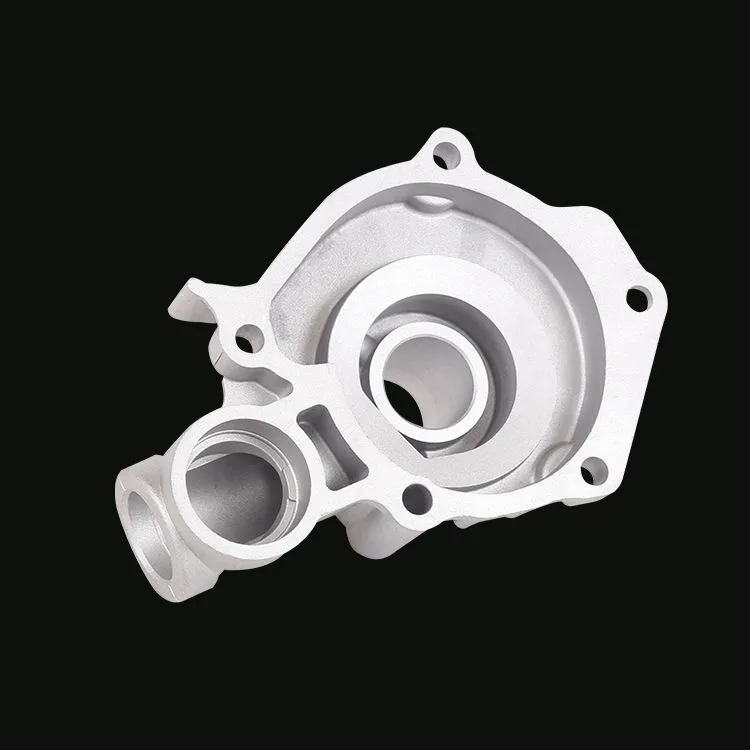

The automotive industry is rapidly evolving, with electric vehicles (EVs) leading the charge toward sustainability and innovation. At the heart of this transformation are OEM car parts, specifically electric aluminum die casting parts, which are redefining vehicle design, performance, and efficiency. In this article, we explore why aluminum die casting has become a cornerstone of OEM automotive manufacturing and how it powers the future of electric mobility.
Original Equipment Manufacturer (OEM) car parts are components designed and produced by a company directly for vehicle makers. Among these, aluminum die casting parts stand out for EVs due to their lightweight, strength, and precision. The die casting process involves injecting molten aluminum into a mold under high pressure, creating complex, high-tolerance parts like battery housings, motor mounts, and structural frames.
Lightweight Design for Enhanced EfficiencyAluminum is 60% lighter than steel, making it ideal for EVs where reducing weight directly improves battery range. Die-cast aluminum parts help automakers meet strict energy efficiency standards without compromising durability.
Superior Thermal ConductivityEV components generate significant heat, especially batteries and motors. Aluminum’s excellent thermal management properties ensure safer, longer-lasting performance.
Cost-Effective Mass ProductionDie casting allows OEMs to produce large volumes of intricate parts quickly and consistently, lowering manufacturing costs—a key advantage as EV demand grows.
Sustainability AlignmentAluminum is 100% recyclable, supporting the eco-friendly ethos of electric vehicles. OEMs increasingly prioritize this material to reduce their carbon footprint.
Battery Enclosures: Protect high-voltage batteries while minimizing weight.
E-Motor Housings: Ensure precision cooling and electromagnetic shielding.
Structural Components: Reinforce chassis and body frames with crash-resistant designs.
Charging Ports: Durable, corrosion-resistant connectors for fast-charging systems.
As automakers like Tesla, BMW, and Rivian push for lighter, faster, and greener EVs, aluminum die casting is becoming indispensable. Advances in megacasting—a technique that creates entire vehicle sections in one mold—are streamlining production and reducing part counts by up to 70%. This not only cuts costs but also enhances structural integrity.
The shift to electric vehicles is accelerating, and OEM car parts made via aluminum die casting are at the forefront of this revolution. By combining lightweight design, thermal efficiency, and scalable production, these components are driving the future of sustainable mobility. For automakers and consumers alike, investing in OEM-grade aluminum parts isn’t just a choice—it’s a commitment to innovation and reliability.


